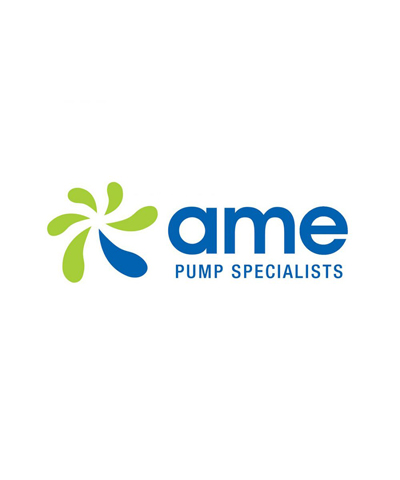By Ray Hardee, P. E., Engineered Software
All my Pump Industry articles focus on the total system and how the equipment works together to meet the system requirements. E-mails from readers and many of the questions asked during my Piping System Fundamentals Seminars ask for clarification of how to use this information to gain a better understanding for designing and building new systems or operating and maintaining existing systems. As a result, I decided I would provide an overview to new readers, along with a review to long time Pump Industry readers.
Introduction of pumped systems
Pumped systems can be classified as either process systems in which a product is made, or support systems in which a service is supplied to make a product.
Figure 1 shows a process system where a fluid is pumped to make an intermediate product used later in the facility.
In this example, a process fluid is pumped from a supply tank, through a process component such as a heater or filter, and a control loop to maintain the level in the process tank. Systems like this are typically found in refineries and chemical plants.

Figure 1: A process system in which the fluid passes through the system to make an intermediate product
Now we will look at a typical service system providing cooling water to various loads in multiple process systems (see Figure 2).

Figure 2: A support system in which a fluid is recirculated in the system to provide cooling water to various facility process loads.
In this example, cold water is pumped from the cooling tower basin through two parallel heat exchangers to reduce the process fluid temperatures in two different streams.
The flow rate through each path or circuit is adjusted to maintain the process temperature to the set value. The hot water is then sent to the cooling tower where the excess heat is removed by evaporation. The cold fluid then is recirculated.
Elements of a piping system
In looking at these two examples we see similar equipment, but each example is very different. Further, these examples are very small, but they can quickly become more complex in actual operating facilities.
At first glance it may seem difficult to understand how the equipment operates as a total system, but when we look at each item in the system and identify its function, we can start to make sense of the system and its interconnections.
All equipment found in a piping system falls into three basic elements: pump elements, process elements and control elements. The elements must work together so the system can meet its design requirements. Let’s start out by looking at each element individually.
- The pump elements include the pump, the drive adding energy to the pump, along with the pump seals, and other support systems for the pump and drive
- The process elements include the supply and destination tanks, the interconnecting pipelines, the process equipment, and the cooling tower
- The control elements consist of the plant instrumentation to measure a process variable, the controllers to match the set value to the measured value, and the final control element to match the output to the set value
All piping systems regardless of their design, size or complexity are made of these three basic elements working together to meet the systems design objectives.
Function of each element
Now let’s discuss the function of each system element. The pump elements supply the fluid energy to the system required by the process or the service. We will demonstrate using a motor driven pump.
The electrical energy to the motor stator is converted to mechanical energy by the motor’s rotor. The motor’s rotor connected to the pump shaft and impeller converts the mechanical energy to fluid kinetic energy.
The pump’s fluid energy is then used to move the fluid through the system.
The process elements make the product or provide the services to meet the system design requirements. The process elements consist of tanks and vessels making up the system boundary, the pipelines to transport the process fluid through the system, and the process equipment to meet the system objectives.
For example, the purpose of the system presented in Figure 1 is to heat the process fluid before going to the process tank where it will be used in other process systems.
The function of the control elements is to improve the quality of the product or services. The control elements consist of the instrumentation, control loop and final control elements to heat the fluid to the optimal temperature for the process.
If the control elements do not maintain the fluid temperature to the optimal value the process will not operate efficiently. It is important to remember that the energy added in the heat exchanger is thermal energy and does not affect the hydraulic energy added to the system by the pump.
Considering the usage of energy for moving the fluid in the piping system the energy supplied by the pump is consumed by the process elements and the control elements, and it can be reduced to the following formula:

Formula 1: A process system in which the fluid passes through the system to make an intermediate product.
In Formula 1, the value h is the energy unit for head measured in meters of fluid. Measuring fluid energy in metres is customary when working in pumped systems, as a result all the examples presented in this column will list fluid energy in meters of process fluid.
Conclusion
In this article, we grouped the elements found in all pumped systems and discovered what part each element plays in the total system. We also saw how the energy supplied by the pump is used by the process and control elements to make a product and improve its quality.
In future articles, we will look at the operating characteristics of each element and see how that knowledge can be used to better understand the operation of real-life piping systems.




















